Ubuntu Touch Supported DevicesThis category explains smartphone devices and electronic computers that utilize the Ubuntu Touch OS. Ubuntu Touch is available on 78 different tablets and phones as of February 2022. Some Ubuntu touch supported devices are listed and explained below: BQ Aquaris E4.5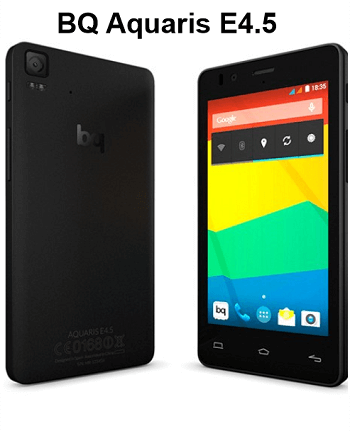
It is an Android smartphone from the BQ Spanish manufacturer that was published to the market in June 2014 as a dual-sim budget phone. This device shipped with many versions of Android, starting from the 4.0 version, and can be upgraded to the 4.4.2 (KitKat) version of Android. BQ selected not to skin the OS, and as such, it contains the unchanged "Google Experience". Ubuntu Edition BQ Aquaris E4.5 is remarkable for being the initial commercially existing phone to bring the Ubuntu Touch mobile OS. On 9 February 2015, BQ, in association with Canonical, released the Ubuntu Edition and started a gradual publication in European Union from an online flash sale series. Later, BQ would follow the same pattern as the Aquaris E5, first publishing it with Android and, after that, with the Ubuntu touch. BQ Aquaris E5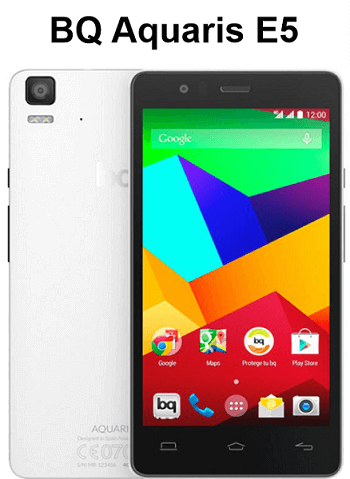
The Aquaris E5 FHD and Aquaris E5 are dual-sim Android smartphones from the BQ Spanish manufacturer that were published to the market in July 2014. These devices shipped with the 4.4 (KitKat) version of Android. BQ selected not to skin the OS, and as such, it contains the unchanged "Google Experience", as detected on the Google Nexus. On 9 June 2015, BQ, in association with Canonical, released the Aquaris E5 HD Ubuntu Edition. This phone relies on the Aquaris E5 hardware (using the 1280*720 screen), and it was sold only in the European Union. Remarkably, it is only the 3rd phone device to be sold using the Ubuntu Touch mobile OS after the Meizu MX4 and the BQ Aquaris E4.5. BQ Aquaris M10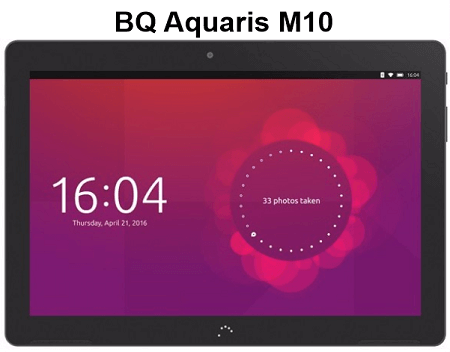
The Aquaris M10 FHD and Aquaris M10 are Android tablets from the BQ Spanish manufacturer that were published to the market in October 2015. These devices shipped with the 5.1 (Lollipop) version of Android. BQ selected not to skin the OS, and as such, it contains the unchanged "Google Experience", as detected on the Google Nexus. Ubuntu Edition On 5 February 2016, BQ, in association with Canonical, released the Aquaris M10 Ubuntu Edition. This tablet is available in the Aquaris M10 FHD hardware (using the 1920*1200 screen) and the Aquaris M10 HD edition (using the 1280*800 screen) in the BQ store. It became the initial tablet to be sold using the Ubuntu Touch OS in April 2016. Convergence is one of the primary aspects of Ubuntu touch, which means the tablet contains both a "desktop mode" and a "tablet mode".
"Scopes" is another aspect of Ubuntu Touch, which are data screens where external data is produced for the convenience of the user. Users don't need to launch an application to find their favorite content. Rather, they can use the scope that can stop their searching, and every relevant information is shown. Apple may have replicated the "today scope" aspect from Ubuntu Touch as their new aspect for iOS 10. Fairphone 2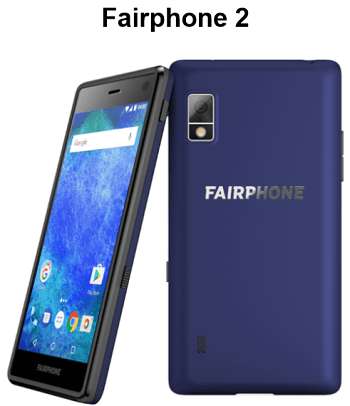
The Fairphone 2 is a dual-sim, and touchscreen-based smartphone developed to be repaired by the user easily. First, it was published in December 2015 and was the initial modular smartphone. It has since gotten both major software updates and hardware improvements, initially shipping with the 5 (Lollipop) version of Android and running "Queen Cake" Android 10 as of November 2021. It is the second device with the social enterprise Fairphone and the initial one designed by it completely. The device is ethically sourced using recycled materials, Fairtrade gold, and conflict-free minerals. It was mobilized in audited factories in good working conditions. Fairphone 2 DesignEthical considerations Fairphone 2 is designed to include a lower environmental impact as compared to mass-market smartphones, along with 5 year expected lifespan. The modular design permits components to be substituted individually. Several electronic devices have minerals (gold tantalum, tungsten, and tin) from DRC (Democratic Republic of the Congo), used by rebel groups and armies to fund war within the country. Hence, a few manufacturers ignore every material from the DRC, but it decreases employment opportunities. The supply chain of Fairphone 2 is audited to make sure that these materials provide from mines that don't fund armed groups but support local communities to offer a replacement to conflict mines. In the DRC, the tin and tantalum ores come from conflict-free mines, the tungsten material comes from Rwanda, and the gold material comes from Fairtrade-certified mines. The phone contains tungsten, copper, and recycled plastic in addition. The Fairphone 2 is mobilized by Hi-P, in China, Suzhou, in a factory that has been audited to make sure that it matches high standards for the environment and working conditions. Hardware choice The Fairphone 2 is made to have a higher lifespan as compared to other phones. With the Fairphone 1, the primary challenge was an SoC (system on a chip) Mediatek MT6589 that wasn't used widely, and that didn't get long-term software support through its manufacturer. Fairphone selected the widely used Snapdragon 801 environment for the Fairphone 2. This SoC popularity should help manage the long-term support of Fairphone 2. Deliberately, Fairphone 2 didn't contain recent invocations, such as USB-C ports or wireless charging, ensuring fewer compatibility and lower price issues. Although, the modular design of this phone permits the Fairphone team to improve newer modules along with updated components. New releases of the modular design include cameras. The back of the Fairphone 2 is also equipped with a charging input and USB pin-out, permitting aftermarket back covers and enhanced capabilities. Modular design The first modular smartphone is the Fairphone 2, available to the public. The repairable, modular design is made to enhance longevity with an extra focus on enhancing product recyclability. The phone components are made to be replaceable, and users only require a screwdriver to substitute components of this phone. It's possible to substitute individual components in every module in addition. From iFixit, the phone got a 10 out of 10 scores for its repairability, the highest score that is ever offered to any phone. The phone is composed of 7 removable elements: the back protective cover, the bottom module (charging port, microphone, vibration, and loudspeaker), the top module (sensors, speakers, headphones, and selfie cameras), the rear camera module, the display assembly, the battery, and the main chassis. Except for an upgraded slim case layout, the initial module is set to be updated as the cameras, with a newer rear camera module (using a 12-megapixel camera and dual LED flash) and top module (using a 5-megapixel camera) and September 2017. Meizu MX4 Ubuntu Edition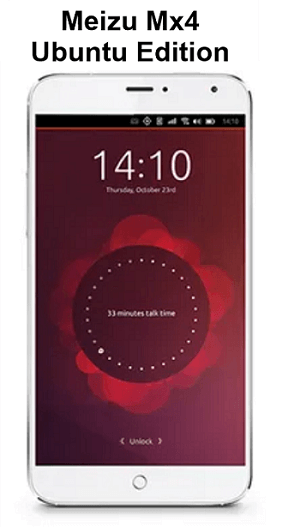
It is a smartphone produced and designed by the Meizu Chinese manufacturer, which executes on Ubuntu Touch. It's an old MX series phablet model, representing a replacement MX4 edition. It is the first commercial Ubuntu Touch device and the second commercial phone with Ubuntu Touch of Meizu. In March 2015, it was published at the Mobile World Congress. Brief History Canonical and Meizu agreed on a corporation agreement in November 2014, which set the beginning entry for Meizu to publish devices executing on Ubuntu Touch. Meizu assured that an Ubuntu Touch-based release of the Meizu mx4 will be there and that it will be published at Mobile World Congress. Meizu has gave the Meizu MX4 Ubuntu Edition, a replacement MX4 version executing on Ubuntu Touch, in March 2015, at the Mobile World Congress. It becomes the second commercial device in this environment. Release This Ubuntu Edition was published from an invite-only system on 25 June 2015 on the European market. Meizu PRO 5 Ubuntu Edition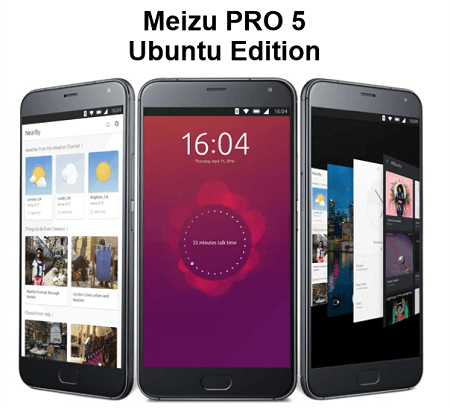
It is a smartphone produced and designed by the Meizu Chinese manufacturer, which executes on Ubuntu Touch. It's an alternative Meizu PRO 5 version. It was published on 17 February 2016. Brief History Gossip about an Ubuntu-powered version of the Meizu PRO 5 occurred after images of a Meizu PRO 5 executing the 15.04 version of Ubuntu Touch had been leaked. It's reported that this device will be published in April 2016 at the Mobile World Congress. Release Officially, the Meizu PRO 5 Ubuntu was published on 17 February 2016. International pre-orders started on 22 February 2016 through JD.com online retailer. Nexus 4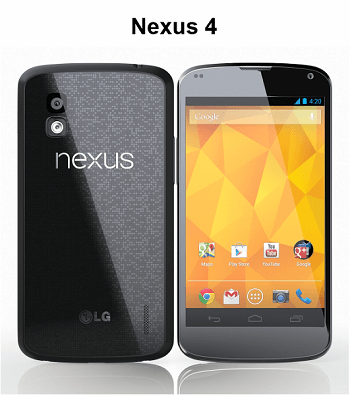
The Nexus 4 is an Android smartphone designed by LG electronics and Google. It's the fourth smartphone within the Google Nexus product family, announced on 29 October 2012 and published on 13 November 2012, and it accomplished the Samsung-manufactured Galaxy Nexus. The Nexus 4 was unlocked and sold from Google Play but also marketed by wireless carriers, as with many Nexus devices. Brief History Google was supposed to release the Nexus 4 in New York City at a press event. The event was, however, canceled because of Hurricane Sandy, and the Nexus 4 was disclosed by Google by a press release on 29 October 2012 for release on 13 November 2012. Nexus 5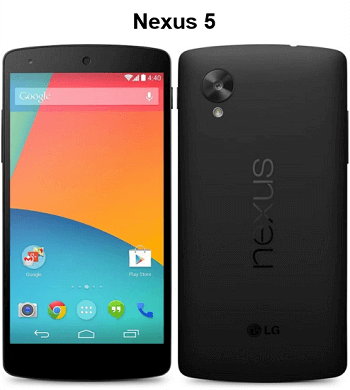
The Nexus 5 is an Android smartphone assembled by LG electronics and sold by Google. It's the necessary fifth generation, accomplishing the Nexus 4. It was announced on 31 October 2013 and served as a launch device for the 4.4 "KitKat" version of Android, which introduced a greater Google Now development, performance improvements, a refreshed interface, and other modifications. Much of the hardware is the same as the LG G2, which was created by LG and published earlier that year. Brief History The device was announced on 31 October 2013; it existed for pre-order from the Google Play Store, bargained in black color with either 32 or 16 GB of internal storage. Starting pricing was set at 349 dollars for the 16 GB model and 399 dollars for the 32 GB version. It was much lesser than comparable mobiles, which will cost around 649 dollars. Google published two extra color options, red and black, in February 2014, which had identical hardware and pricing. Nexus 7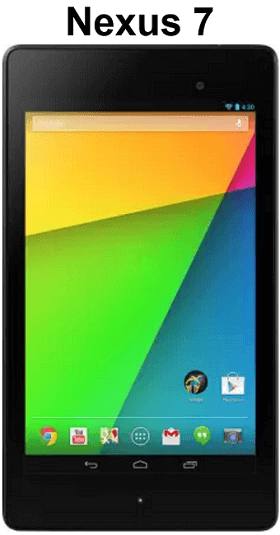
The Nexus 7 (second generation) is also commonly known as the Nexus 7 (2013). It is a mini tablet system co-developed by Asus and Google that executes the Android OS. The Nexus family contains both tablets and phones, essentially running stock Android, which was sold for developer testing but later sold by Google, each of which was developed by several original equipment manufacturer partners. Pursuing the original Nexus 7 success, the device's second generation was published on 26 July 2013. The tablet was the initial device to move with the 4.3 version of Android. The 7.0 tablet's second iteration has several upgrades from the old generation, such as 2 GB of memory, a 1.5 GHz quad-core Snapdragon S4 Pro processor, a 1920*1200 pixel display, built-in Qi wireless charging, stereo speakers, dual cameras, and a SlimPort capable of complete high-definition video result to an external display. OnePlus One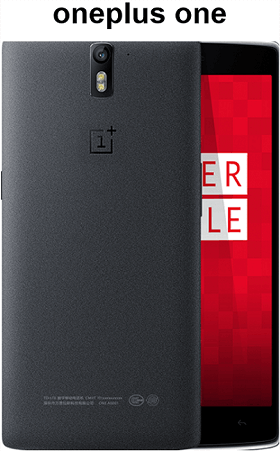
The OnePlus One is an Android smartphone assembled by OnePlus. Announced in April 2014, it's the initial product of OnePlus. This device was developed to favorably compare- in price, quality, and performance- to flagship devices by popular smartphone manufacturers. Also, it was supposed to be developer-friendly and received a huge range of custom kernels and ROMs through the community. The OnePlus One moved to most markets along with the pre-installed Cyanogen OS operating system, a commercial CyanogenMod variant. The device was first presented for sale on 25 April 2014 on the OnePlus website but initially needed prospective customers to gain an invitation before they could purchase it. Primarily, these invitations were distributed through contests by the company, a few of which brought attention for their controversial or unconventional nature. On 6 June 2014, the phone was available for normal sale. As of 20 April 2015, the phone no longer needed the invitation to purchase. PinePhone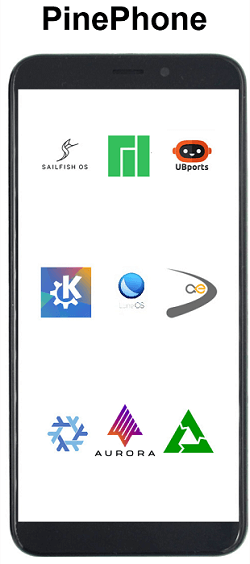
It is a smartphone integrated by Hong Kong-based computer manufacturer Pine64, designed to permit the user to have complete control of the phone. Measures to guarantee it are: active mainline Linux-based mobile OSes, mobilizing the phone with screws, facilitating the disassembly for upgrades and repairs, and giving kill security/switches for its hardware components. The PinePhone moves with the Manjaro Linux-based OS with the Plasma Mobile graphic interface. However, other distros can be installed by customers. Brief History Pine64 sold some PinePhone editions marketed towards early adopters and developers. The phone worldwide shipped with some geographical limitations. The "Braveheart" version, moved in January 2020, was the initial openly available edition of the phone, giving a test firmware only so the user can check their devices before installing their OS of choice.
Next TopicBest Terminal for Ubuntu
|
 For Videos Join Our Youtube Channel: Join Now
For Videos Join Our Youtube Channel: Join Now
Feedback
- Send your Feedback to [email protected]
Help Others, Please Share










